Mobile Phone Industry : Getting consolidated
By MYBRANDBOOK

The Indian mobile phone industry, the second largest in the world after China, demonstrated in 2018, what can be called as the law of nature – survival of the fittest and extinction of the weakest. The market that once appeared too crowded with more than 100 mobile phone brands doing some sort of business, gradually shrunk to make way for barely 10 odd numbers. The rule of consolidation was so fierce and inevitable that almost all the domestic phone makers had to either shut their shop or change their course of direction.
The market that once had more home-grown players than foreigners is now 90% controlled by the latter and former, put together, could barely be the rest 10%. Big names like Micromax, Lava, Karbonn and Intex that once ruled the Indian feature phone market completely and hold a significant part of the smartphone business in the country, are nowhere to be seen now.
At present, the country is being ruled by Chinese players like Xiaomi, Oppo, Vivo, OnePlus and Realme in 70% of the market and rest is distributed among Samsung, Apple and others. And the game is expected to be played by the same rules in the current year as well.
Market Dynamics
In 2018, India sold around 330 million mobile phones with nearly half of it contributed by smartphones. For the record, India is the world’s fastest growing smartphone market followed by China and the US. In 2018, it grew by 10%.
According to research firm Counterpoint, India’s overall mobile phone segment grew 11% and smartphones grew 10% in 2018 with feature phones growing faster than smartphones. India sold 145 million smartphones in 2018.
At the end of 2018, Xiaomi was the market leader in the Indian smartphone business commanding 28% of the share. A year back the firm’s market share was 19%. It had dethroned market leader Samsung that ruled the Indian mobile phone business dispelling Nokia, in Q2 2018. Samsung ended the year with a market share of 24% showing a flat performance over 2017 and placed at number 2 in the list.
Vivo was placed at number 3 with 10% market share in 2018 showing a flat growth over 2017. However, it should be commended as the Chinese player could hold fort despite fierce competition from the bottom order. Oppo and Micromax are placed at number 4 and 5 with a market share of 8% and 5% respectively.
Compared to the smartphone business, the dynamics of the feature phone business in India in 2018, was quite interesting.
The Indian feature phone market is ruled by a telecom service provider who also sells phones, and not by a pure mobile phone company. Reliance Jio, the telco that started mobile services business in late 2016, is ruling the Indian feature phone business with 38% market share. It’s JioPhone was an instant hit among the Indians the moment it was launched. Innovation in all forms – pricing, features and services offered including bundled-data package – saw the phone selling through the roof. In 2017 the firm’s market share in feature phone business was 11%.
Samsung had a market share of 12% in 2018 in the feature phone business, showing degrowth from 21% a year back. Still, it held on to the number two spot in the list. Itel, a brand from the Transsion Group, is placed at number 3 position with 8% market share followed by Nokia HMD and Lava by 7% each.
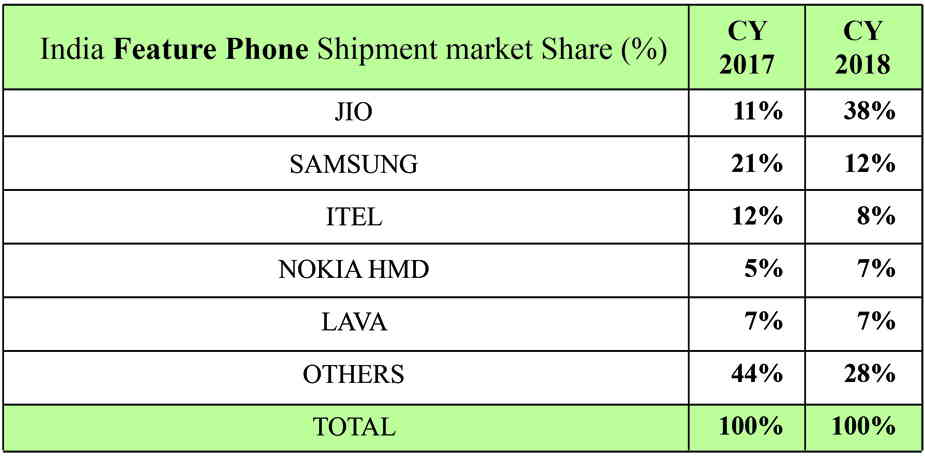
Consolidation Takes The Lead: Disappearing Domestic Brands
The Indian mobile phone market was once ruled by domestic players like Micromax, Lava and Karbonn. Then there were other home-grown firms like Intex, Celkon, Zen and Smartron. All these companies did not do anything significant in the 2018. They were struggling to figure out what should be their course of action going forward, keeping the fast changing dynamics of the industry in mind. Many of these companies appeared to clear off their old stocks throughout the year and not really launching any new products
Micromax, once threatening Samsung in India from its crown, did appear to slow down a lot in 2018 compared to 2017, with around 5 products launched in the entire year. There were also reports that the company is closing its business and looking for new avenues to make money. The only news-worthy development from the firm was the contract it bagged from the Chhattisgarh government to supply 5 million mobile phones. The contract, a joint deal with Jio, was worth Rs 1500 crore.
Similarly, the other big player Lava, launched few phones in the entire year but it showed more consistency in terms of its product roll outs and launched some models – both feature phones and smartphones in regular intervals.
Other prominent names like Intex, Celkon and Smartron were almost off the shelf for the entire year. YU, a sister brand from Micromax, was also reported to have closed its business, though its MD Rahul Sharma had refuted the development. In the entire year the company launched just two products.
Smartron, a so-called IoT company that has the backing of ace cricketer Sachin Tendulkar, also appeared dormant the entire year. The company had started its business with a bang and launched two products in 2017 – tBook and tPhone but had launched just one more smartphone in 2018. The company seems to have shifted its focus towards IoT platform and services than smartphones.
Closed Businesses
Besides the slowing down of businesses by some mobile phone players, some companies even closed their business completely. Prominent among them are Comio and Gionee. Both the brands showed immense potential during their initial days but owing to unclear roadmap and intensified competition in the market, both the firms had to shut down their business. One more Chinese brand Coolpad too has reportedly closed its business.
Chinese Dominance
Since their entry into the Indian mobile phone market, Chinese players have remained a dominant force in the business. Some grew fast, some grew slow, but they maintained their pace and gradually snatched the lion’s share from other brands including Apple, Samsung and domestic ones.
By the end of Q1, 2019, Chinese players commanded 66% market share of the Indian smartphone business.
According to the latest research from Counterpoint’s Market Monitor service, volumes for the Chinese brands grew 20% year-on-year (YoY), mainly due to the growth of Vivo, Realme, and OPPO.
While Vivo’s volume grew 119% YoY, OPPO grew 28% YoY. Vivo’s expanding portfolio in the mid-tier (Rs.7,000 – Rs.14,000 or roughly US$100-US$180) drove its growth along with aggressive IPL campaign around its flagship V series. OPPO, on the other hand, focused on expanding its portfolio in the less crowded Rs.15,000 – Rs.25,000 (roughly US$210-US$350) segment.
Commenting on the influx of Chinese brands, Tarun Pathak, Associate Director, said, “India’s smartphone market continues to attract a lot of attention from Global and Chinese players. Data consumption is on the rise and users are upgrading their phones faster as compared to other regions. This has led to users spending more on their purchase which is driving up the overall average selling price (ASP) in the market. As a result of this, the premium specs are now diffusing faster into the mid-tier price brands. We estimate this trend to continue leading to a competitive mid-tier segment in coming quarters.”
Some other Chinese brands that demonstrated significant growth during the year include Tecno (+221%), Honor (+183%), and Infinix (+146%). OnePlus, the brand that is holding the pole position in India in the premium smartphone segment, reported 85% YoY growth in that category.

5G & Foldable Phones
With 4G getting matured in almost all the markets, the telecommunication world is abuzz with the latest technology – 5G. This year’s Mobile World Congress at Barcelona too was flooded with 5G announcements – from equipment vendors showcasing 5G smartphones and other devices to service providers announcing their 5G trials. While 5G trials need user equipments (UE), the commercial service roll out is dependent on commercial devices.
Though many of the global operators are already done with their 5G trials, commercial launch is expected to begin from the second half 2019. Device vendors are also equally enthusiastic to bring out their wares at the earliest.
In this article, we tried to gather together all the 5G devices, including 5G smartphones that are announced so far. Though all vendors have not specified the timeline for the commercial availability of these devices, a few have.
So far, a total of 23 vendors have announced their plans for 5G devices and these devices come in seven form factors. These are 5G smartphones, hotspots, indoor CPE, outdoor CPE, modules, snap-on dongles/adapters and USB terminals. Of these, there are 12 smartphones, excluding local variants, five hotspots, eight CPEs, five modules, two snap-on dongles and one USB terminal. Besides, five 5G chipsets were also announced by five vendors – Qualcomm, MediaTek, Intel, Huawei and Samsung.
The smartphone firms that have announced their 5G smartphones are Huawei, Samsung, LG, Nubia, OnePlus, Oppo, Sony, TCL, Vivo, Xiaomi and ZTE.
IDC has predicted that by end of this year the worldwide shipments for 5G smartphones would reach 6.7 million. The report also says that the number would grow exponentially to cross 400 million in next five years – by 2023.
The current year is expected to witness a new high for technological innovation with the introduction of foldable devices and 5G smartphones. Marketing buzz around 5G is in its early stages but expected to ramp up quickly.
“And while use cases for upgrading to a 5G device/service remain unclear, it is evident that after 2019 the adoption will begin to attain significant numbers,” the research firm says. The firm currently expects 5G smartphone shipments to account for roughly 1 out of every 4 smartphones shipped globally in 2023.
However, the firm cautions that the smartphone market will continue to be challenged and 2019 is projected to experience its third consecutive year of declining shipments. IDC predicts that worldwide smartphone volumes will fall by 0.8% in 2019 with volumes dipping to 1.39 billion. However, the smartphone market will begin to pick up momentum in the second half of the year showing an year-over-year growth of 2.3%.
"


Happiest Minds brings in an innovative GenAI chatbot
Happiest Minds Technologies has announced the new GenAI chatbot - ‘hAPPI...

Government mandates encryption for CCTV cameras to ensure netw
In the wake of issuing an internal advisory on securing CCTV cameras at g...
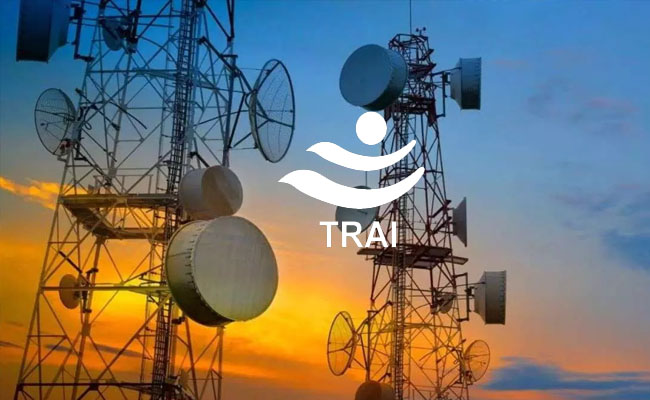
TRAI recommends allowing only Indian entities to participate i
The Telecom Regulatory Authority of India (TRAI) has recommended that onl...

Galaxy AI is available on more devices with Samsung One UI 6.1
Samsung has expanded the range of smartphones to which One UI 6.1 and Gala...

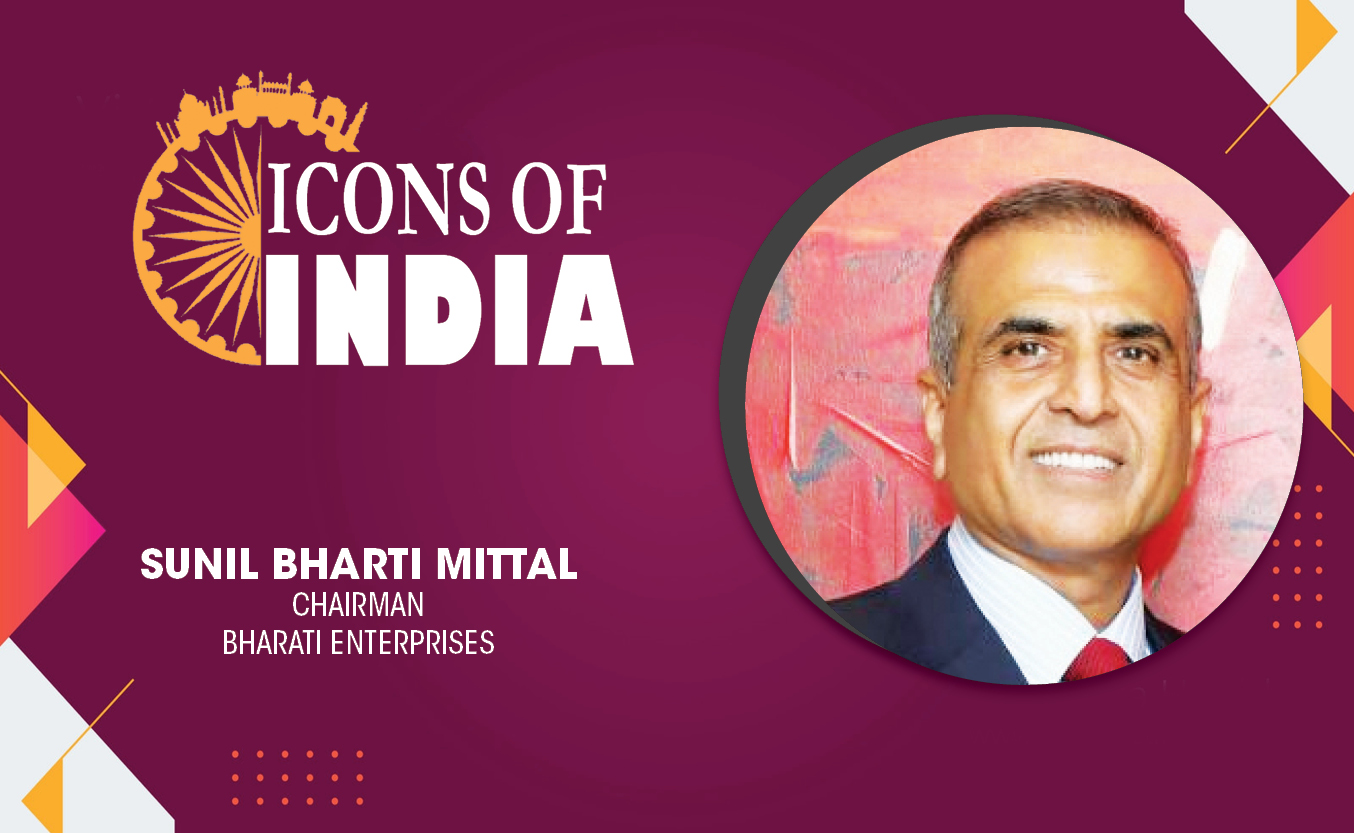
Technology Icons Of India 2023: Sunil Bharti Mittal
Sunil Bharti Mittal is the Founder and Chairman of Bharti Enterprises,...

Technology Icons Of India 2023: Dilip Asbe
Dilip Asbe is the MD & CEO of National Payments Corporation of India (...
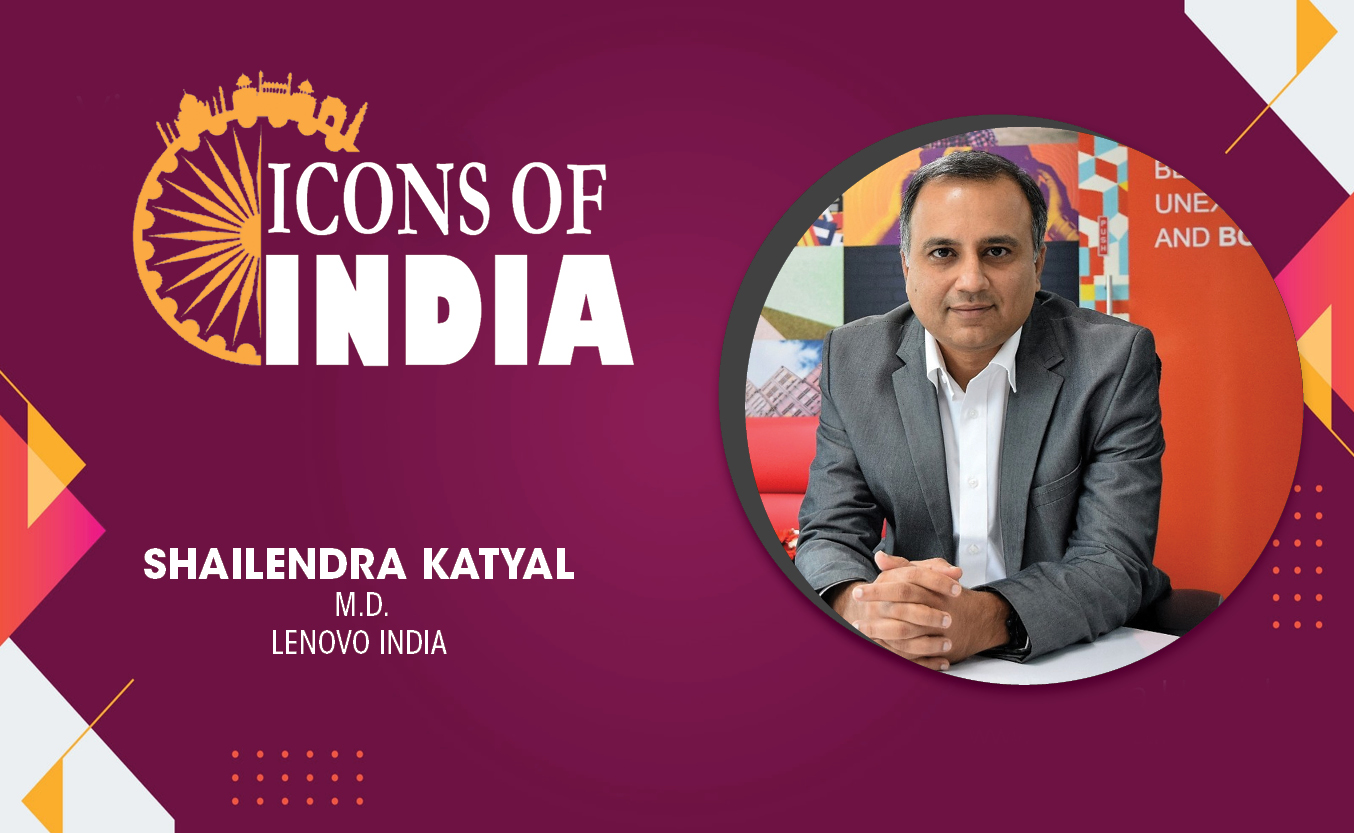
Technology Icons Of India 2023: Shailendra Katyal
Shailendra is instrumental in Lenovo achieving the no.1 position in PC...


C-DAC keeps India ahead in IT & Electronics R&D space
Centre for Development of Advanced Computing (C-DAC) is the premier R&...

RailTel connecting every corner of India
RailTel is an ICT provider and one of the largest neutral telecom infr...

CSCs enabling rural India digitally empowered
Common service centres (CSCs) are digital access points under the Digi...

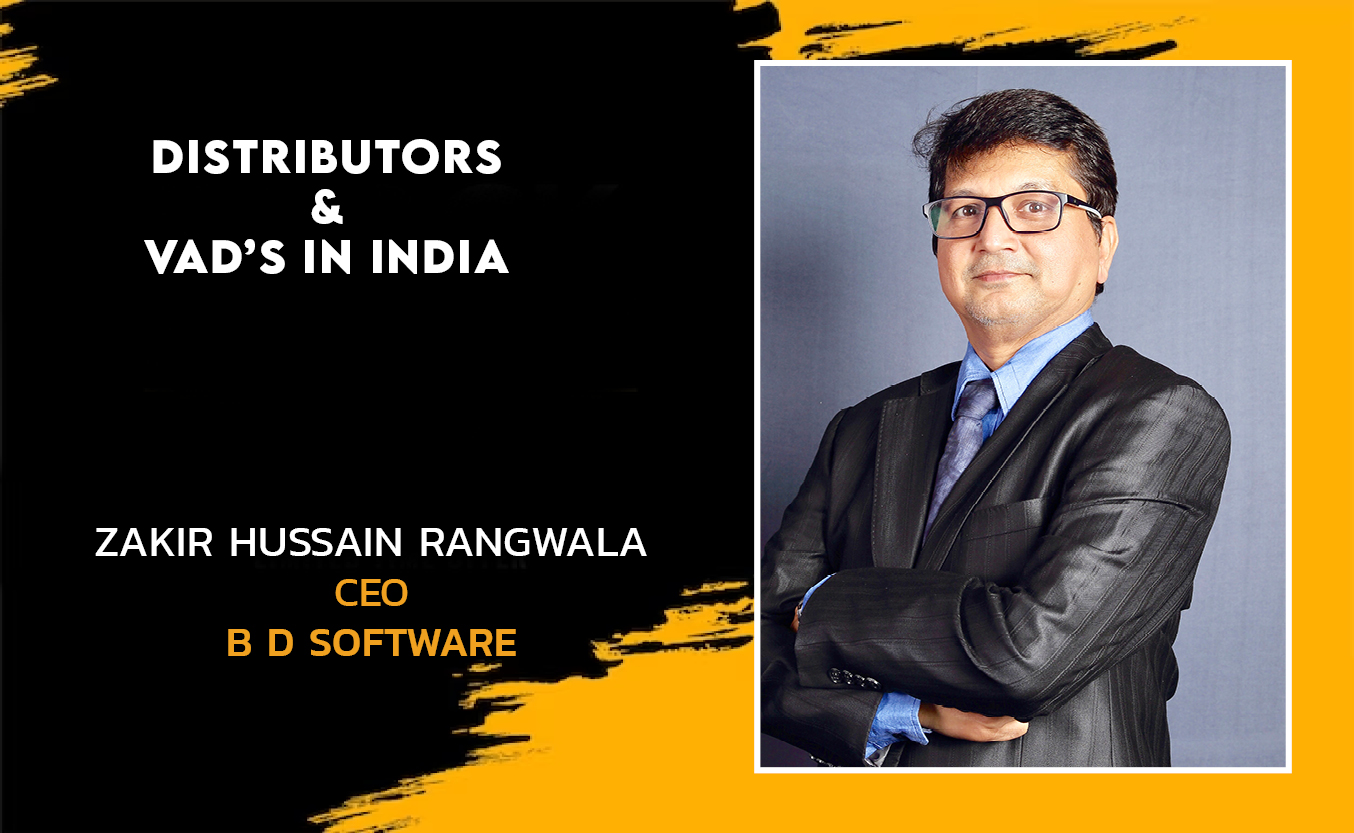
B D SOFTWARE
BD Software is the distributor of IT security solutions in India. The ...

R P TECH INDIA
R P Tech is recognized for its diverse products portfolio, value-add...

INTEGRA MICRO SYSTEMS PVT. LTD.
Integra is a leading provider of innovative hi-technology products an...